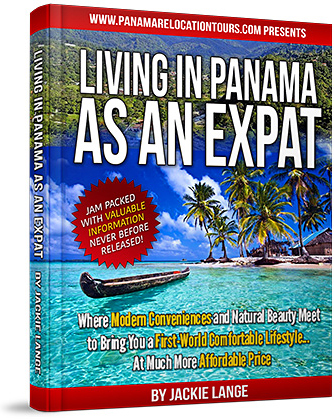Craig and I have been collecting them for 2-3 years now and want to share with you what exactly a Mola is, as well as a little history behind them.
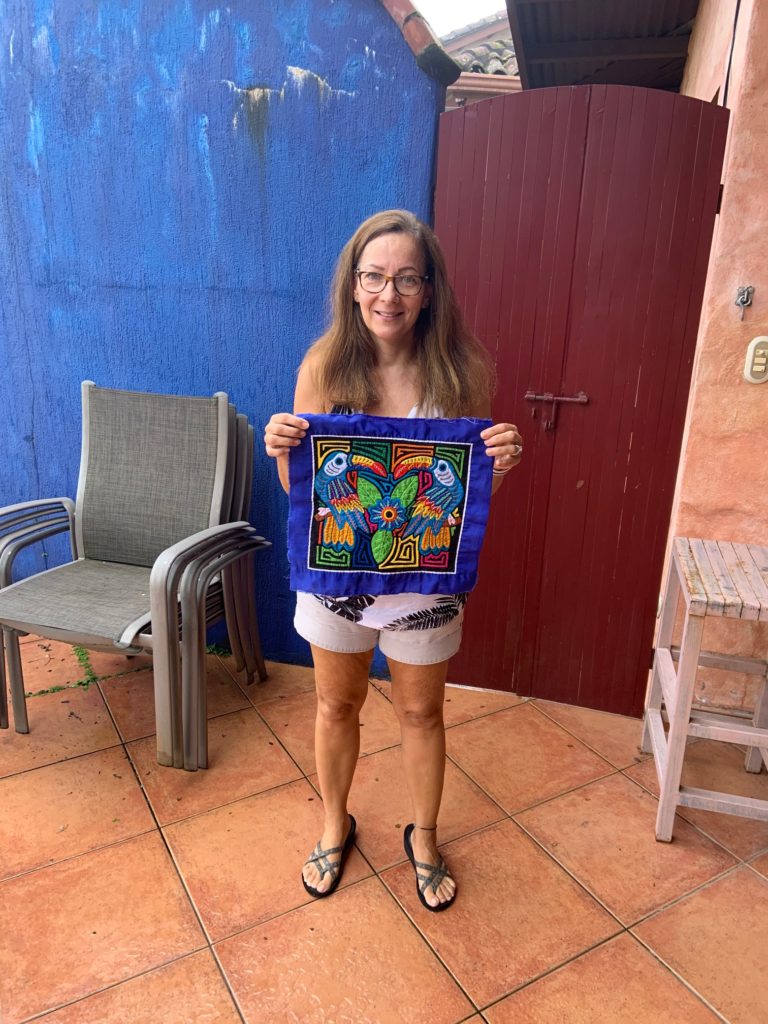
Molas are brightly colored textiles created by the indigenous Gunas of the Kuna Yala Comarca from the San Blas region of Panamá. Mola means “cloth” or “clothing” in the Kuna language. These panels of stacked cloth are used to make women’s blouses or upper garments. The colorful layers of cloth are cut, and hand sewn into designs for fronts and backs of Kuna women’s blouses.
The tradition is characterized by tiny, fine stitches, bold designs and bright colors. The traditional designs range from complex geometric patterns to depictions of turtles, jungle birds and other things found in the Kuna environment. Over time however, Molas started to evolve with the changing times and include references to the modern world. An important concept in the creation of a Mola is to leave as little unworked space as possible as the Kunas believe that evil spirits can settle into the free spaces. And the more finely crafted a Mola is, as well as the number of panels, the more valuable it becomes.
The Mola originated with the tradition of Guna women painting their bodies with geometric designs using available natural colors. In later years these same designs were woven in cotton upon the arrival of the Spaniards and missionaries who brought their wares to Panamá.
Over the decades, Molas were increasingly marketed to tourists. Today, Mola panels have many uses. They can be framed as art or made into pillows, place mats, wall hangings, or even face masks. They have become a major source of income for the Kuna people.
Our Mola Collection
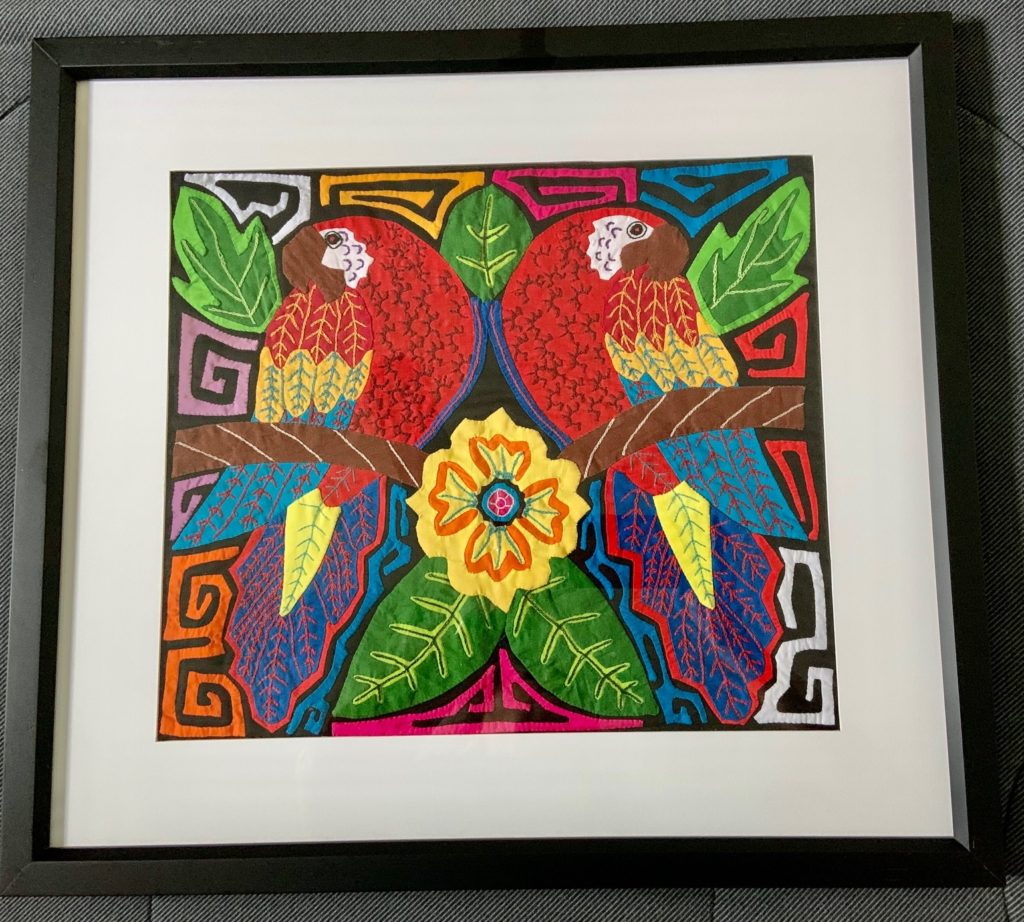
We have been collecting molas for the past 2-3 years now. Initially I just wanted souvenirs for the family back home in the USA. It has since turned into a bit of a passion to share these beautiful pieces of art to the world.
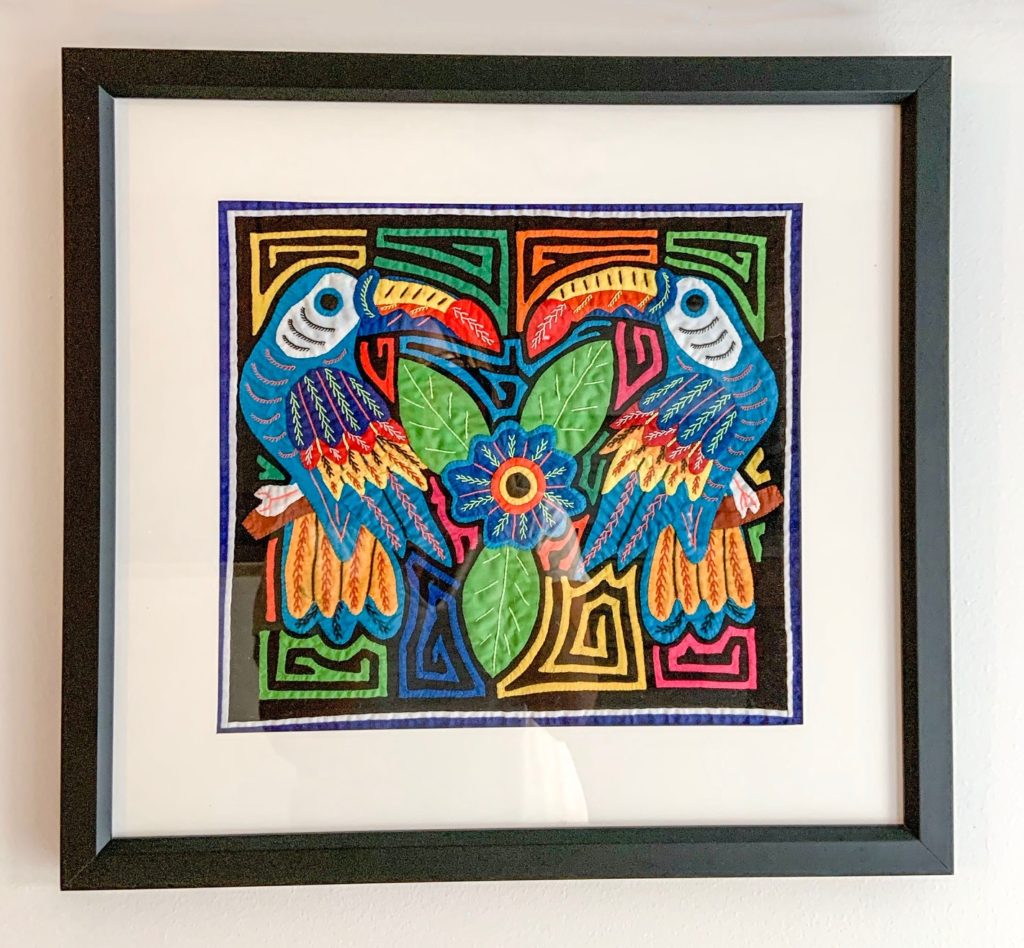
Early on in our Panamá adventure, we became fast friends with Remy, a Kuna working in the hospitality and tourism industry in Panama City. We always stayed in touch and met up with him whenever we were in the city. As it turns out, his mother and other family members still make these molas!
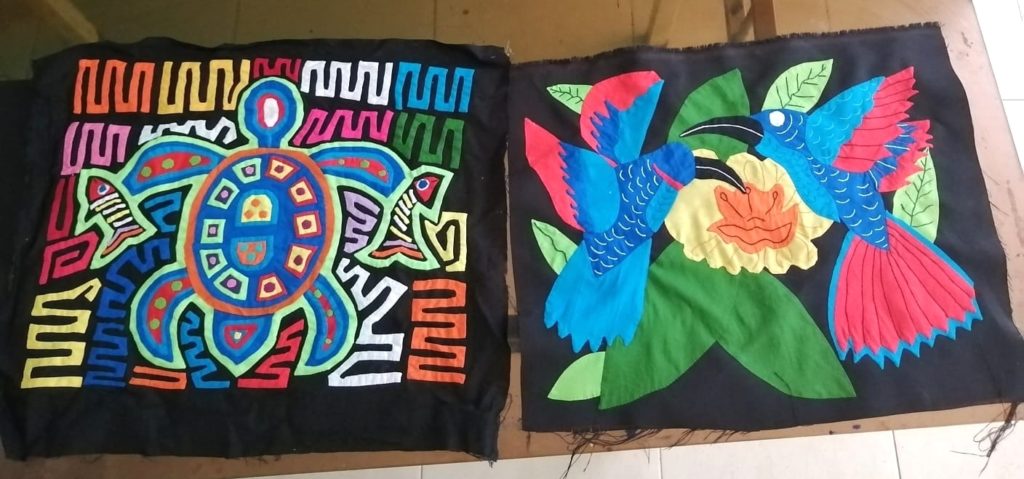
Needless to say, our home will be decorated with molas that were beautifully matted and framed by Craig. And, we will also have some available for sale, either unframed or completely ready to hang. If interested, please feel free to contact me.
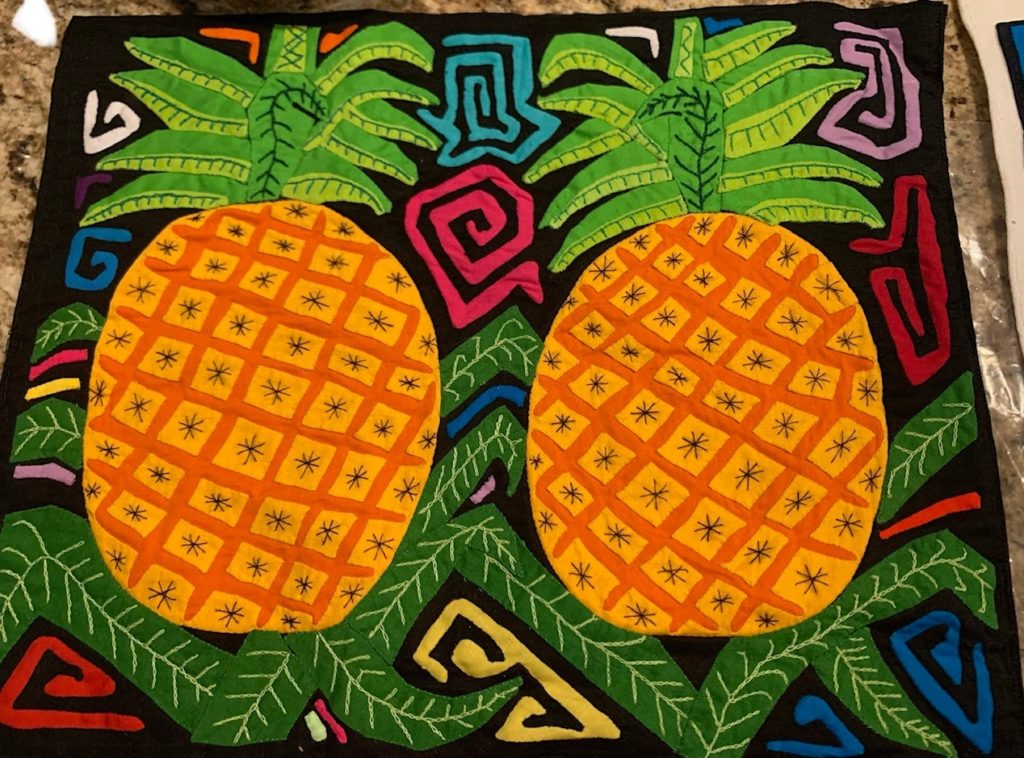
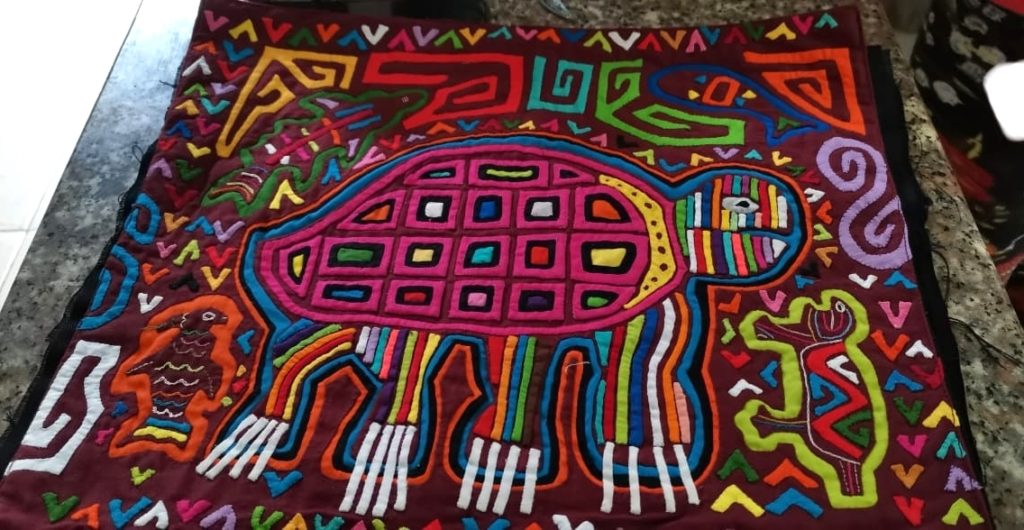
Hope you enjoyed reading a bit about Kuna Yala molas!

